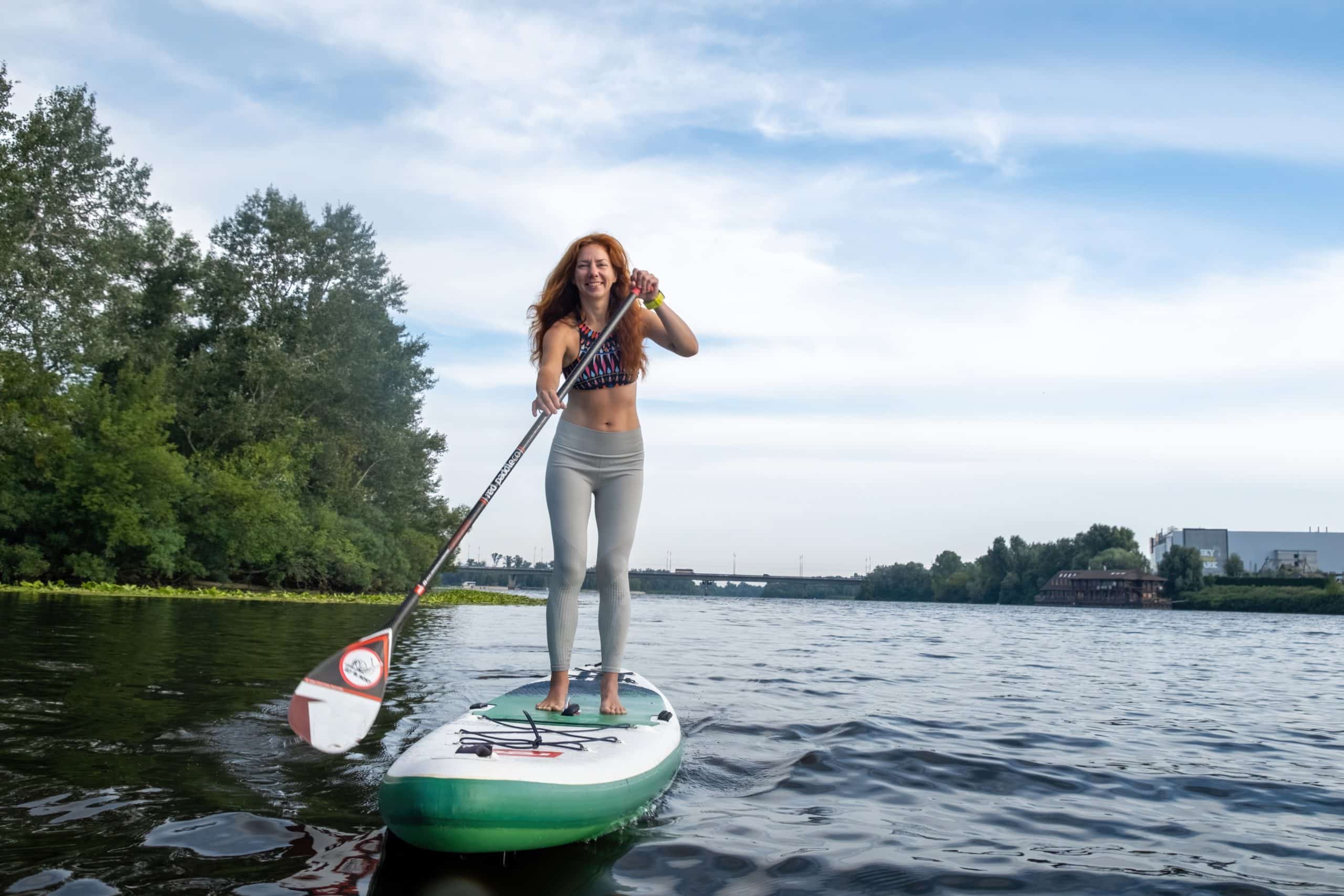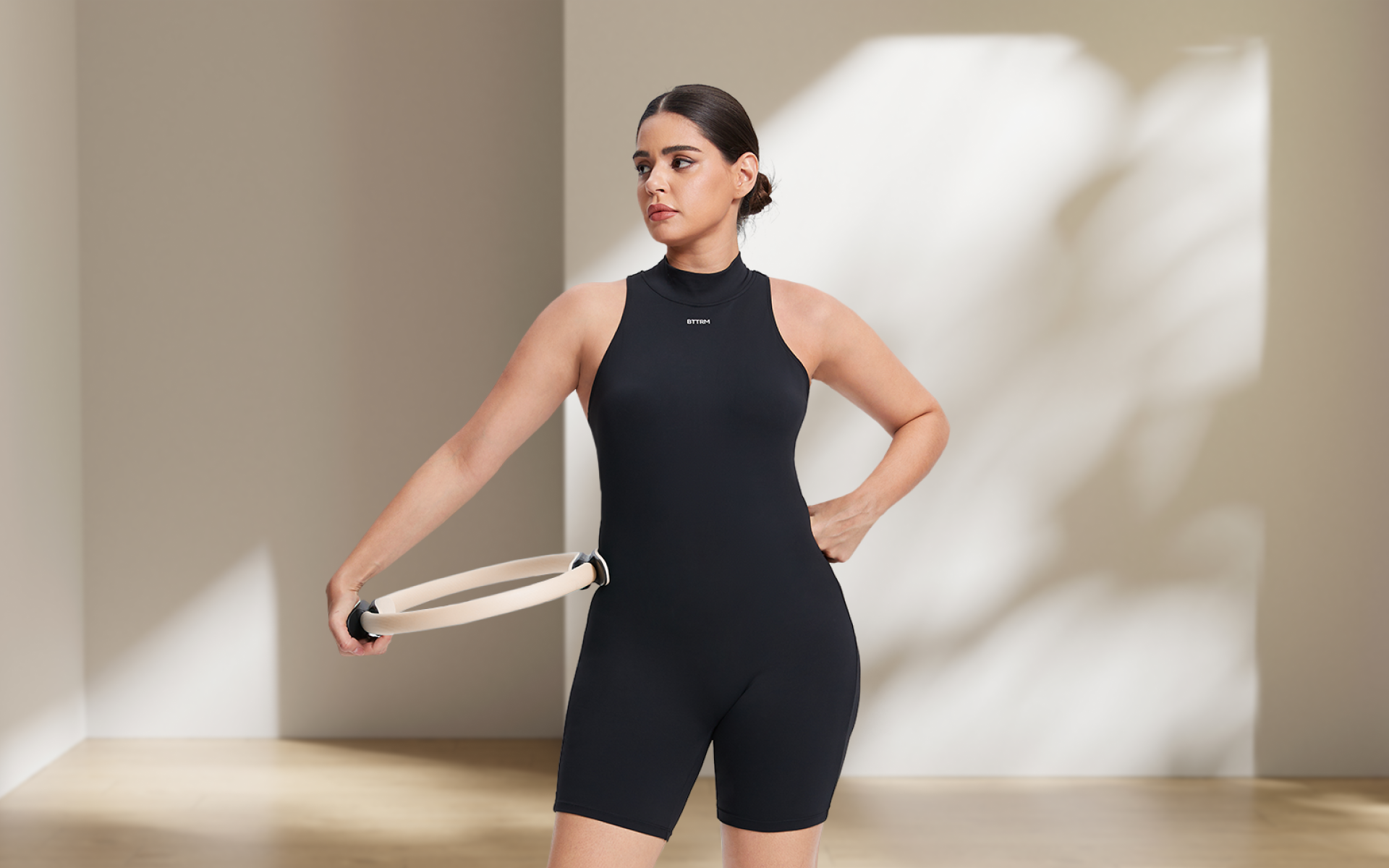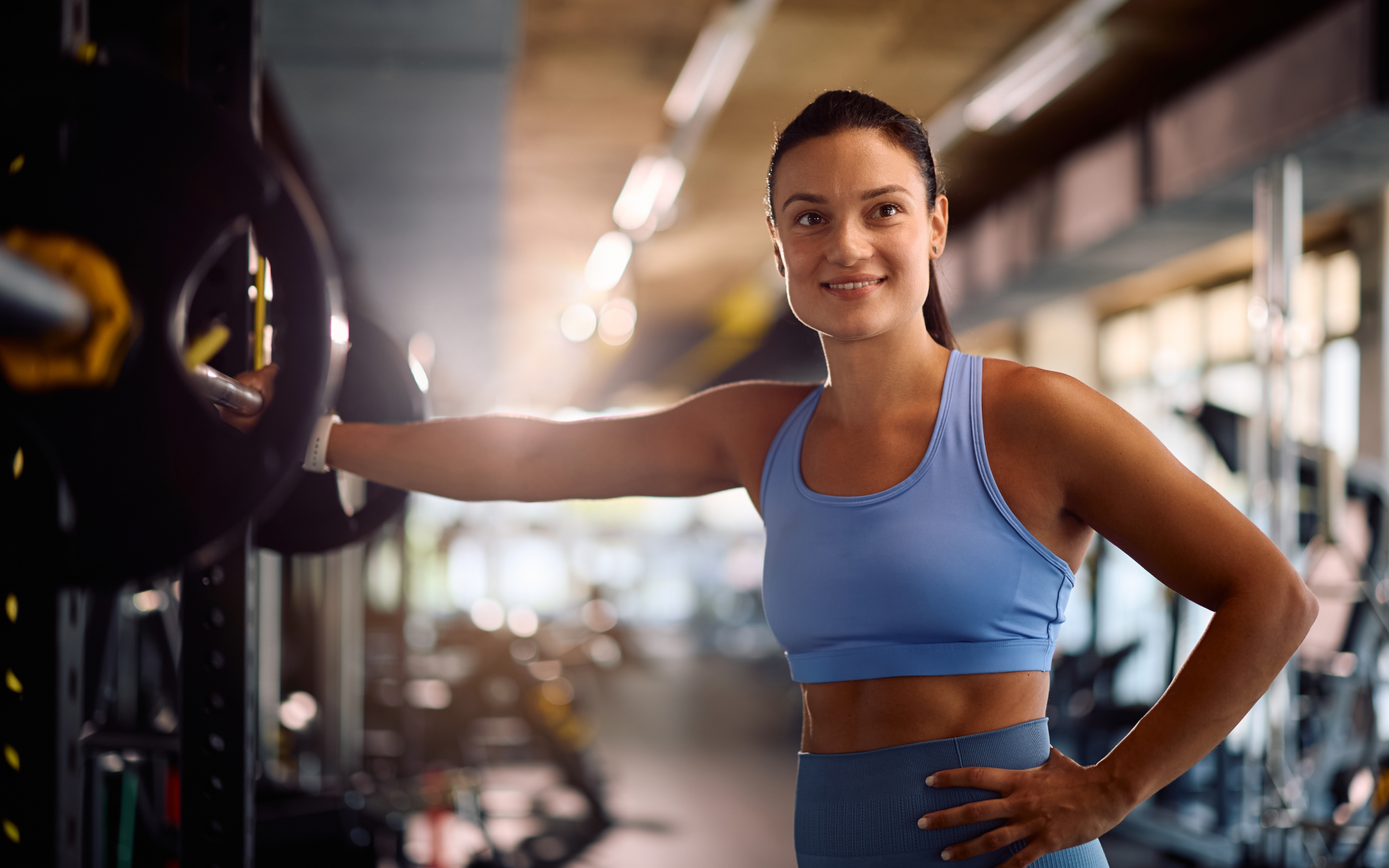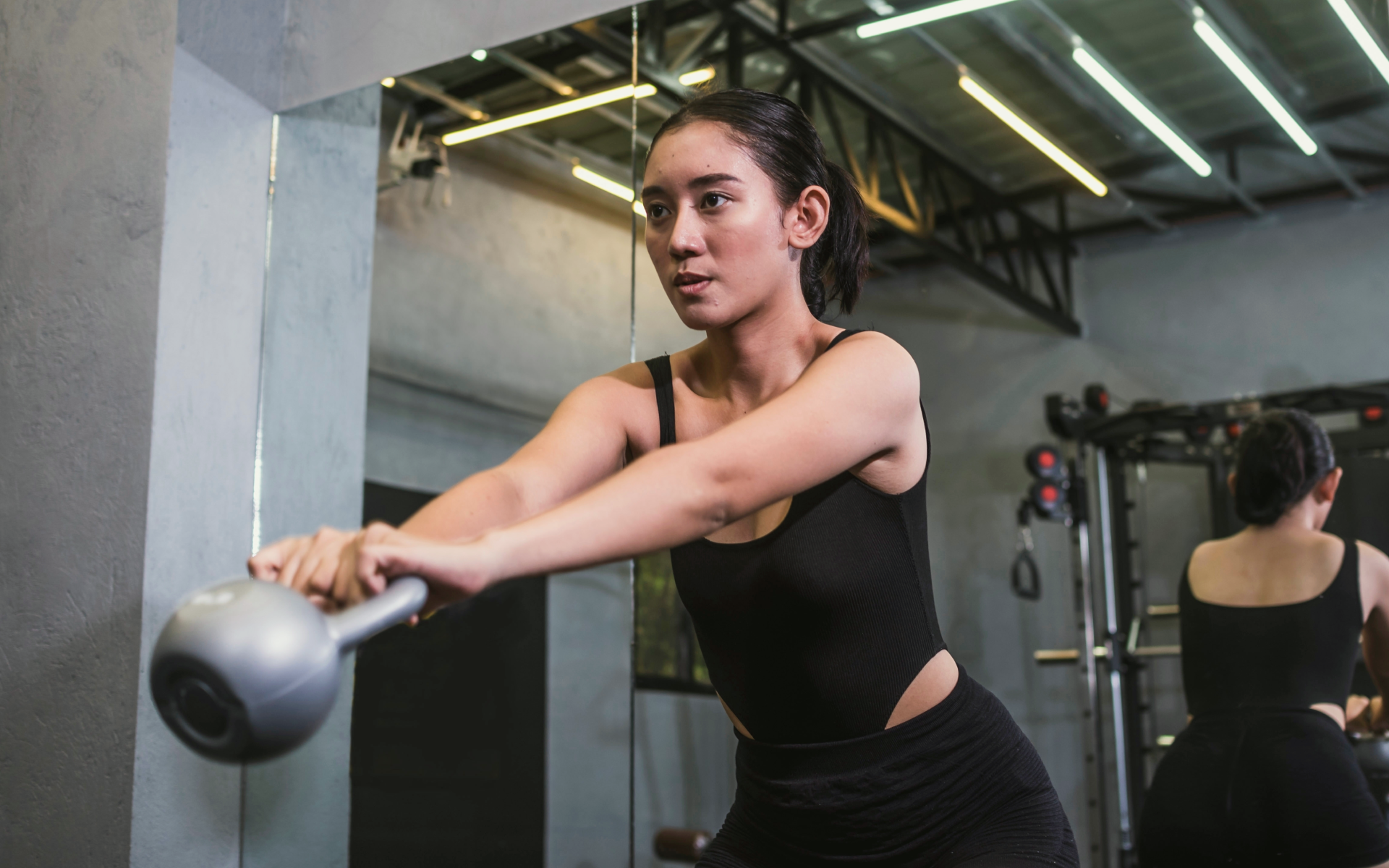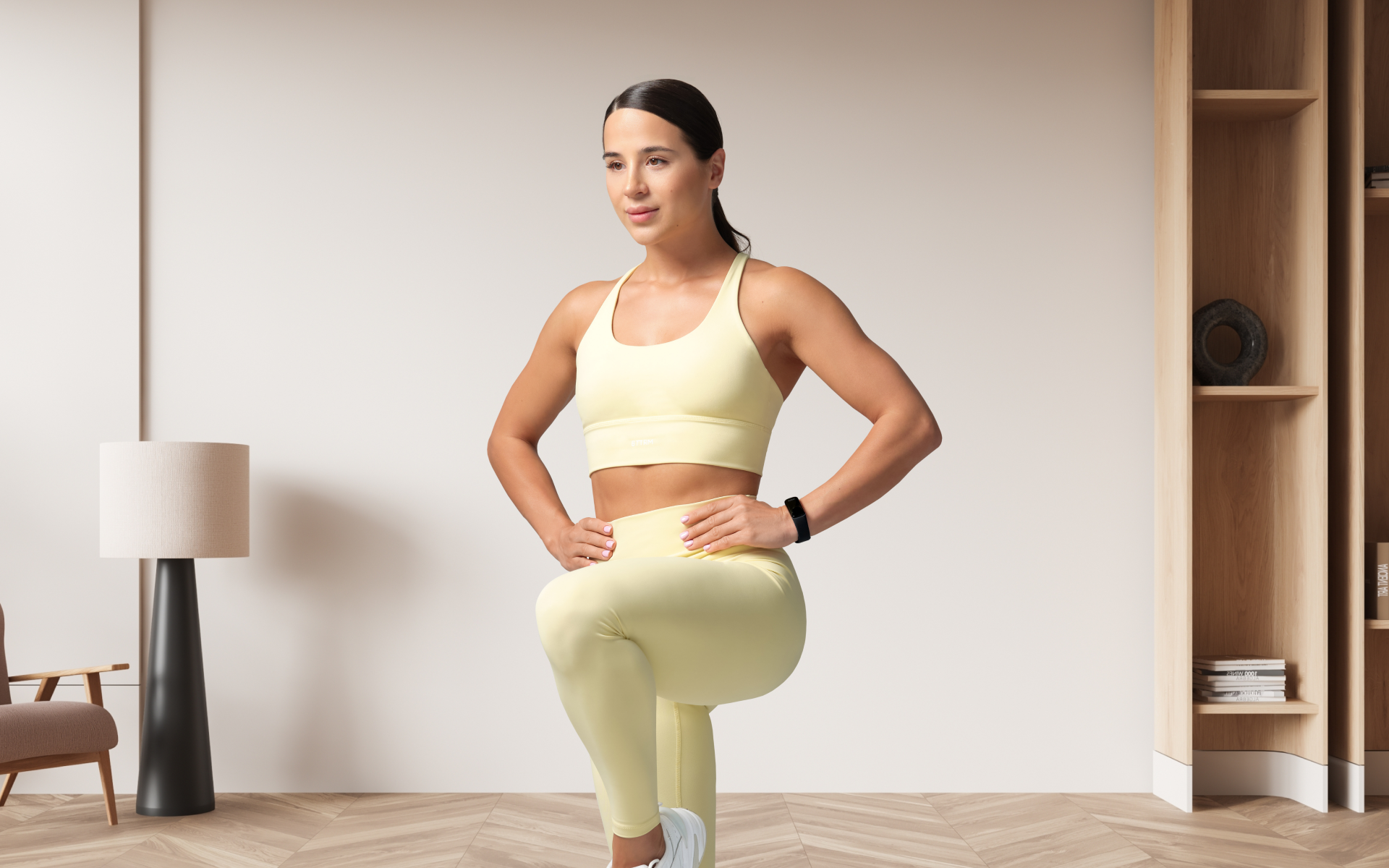Imagine standing on top of a large, wide surfboard, balancing gracefully as you glide across the water. This is paddle boarding, a sport that combines adventure, fitness, and tranquility. Despite it seeming like a challenging activity at first glance, it’s easy to learn and enjoyable for beginners. In addition to being a great workout, it provides an escape from everyday life that can help reduce stress and recharge you as you paddle through serene landscapes and view the wildlife. If you’re interested in having a little fun while you get fit, keep reading and explore the benefits, essential equipment, and tips for getting started with paddle boarding.
What Is the Point of Paddle Boarding?
Paddle boarding is a sport where the objective is to stay upright and balanced as you move across the water on what looks very similar to a large, wide surfboard. While it may sound challenging, it’s easy to pick up and is suitable for people of all ages. It can provide your body with an engaging workout and can even be a social activity where you meet other people who enjoy paddle boarding(1).
Is Paddle Boarding Easy or Hard?
Paddle boarding is arguably one of the easiest watersports to get into, but that doesn’t mean it doesn’t require some effort. It can also be difficult for some people to pick up at first, but with persistence, most people will enjoy time out on the water in a few weeks to a few months(2). Shallow, calm waters that you find in a lake can help make it easier to learn how to get on and stand up on the board than the rough waters of the ocean. An extra-wide or oversized board tends to be more stable, and being a solid swimmer will help you feel more confident and less reliant on flotation devices. However, it’s important to use a flotation device such as a life jacket if you’re not a strong swimmer or are going out for a long distance. This sport can be tiring and the last thing you want is for your body to not have enough energy to swim if you do happen to fall in the water.
Is Paddleboarding a Good Way to Lose Weight?
Paddleboarding can be a great way to lose weight as it provides a full-body workout that can help increase your total calories burned in a day. It’s also low-impact, so it will likely be less strenuous on your joints. The best part is that research has found you can burn more than 300 calories per hour depending on how vigorously you paddle, which can certainly lead to weight loss if you make it part of your workout plan or do it several times a week(3).
Is Paddle Boarding a Good Workout?
Yes, padding boarding is a full-body workout that can increase your core strength and cardiovascular health. It can also be a great way to improve your joint health, particularly in the knees, while also allowing you a softer surface to land if you end up coming close to falling. It can improve core strength, which can help you with any functional movements you do throughout the day. And standing up while you paddle for at least 30 minutes is an excellent way to boost cardiovascular strength(3).
Looking for a way to break the vicious cycle of weight loss and tone up all the jiggly parts? Watch the extra pounds fly off and your muscles firm up with the BetterMe: Health Coaching app!
What Paddle Boarding Equipment Do I Need?
To stay safe and get the most out of your paddle board experience, you’ll need several pieces of equipment, including a paddle board, paddle, personal flotation device, and a waterproof bag. It’s best to gather these items together before you set out on the water(4).
Stand-Up Paddle Boarding Equipment
- Paddle Board
- Paddle
- Leash
- Personal flotation device
- Appropriate clothing
- Safety whistle
- Sun protection
- Waterproof bag
Paddle Board
There are many kinds of paddle boards, including all-around boards and inflatable boards. If you’re just getting started, you should choose a wider board as they tend to be more stable and easier to get on and off. A popular beginner board is 10 ½ feet long and 32 inches wide(4).
Paddle
A paddle that is specifically designed for paddle boarding is essential. It should be adjustable to be 6 – 8 inches taller than you are. Luckily, most paddle boards come with a paddle, but if it’s uncomfortable, don’t be afraid to change it(4).
Leash
A leash attaches your ankle to the board to ensure you don’t lose your board if you fall into the water, as most people tend to kick the board away when they fall and can have difficulty retrieving it. This can be especially true if they’re not good swimmers or are in choppy water. It’s a mandatory piece of safety equipment that generally comes with most boards, but you may need to replace it in time, particularly if you have a hard time staying on the board(4).
Personal Flotation Device
The personal flotation device (PFD), or life preserver, is another essential piece of safety equipment you should have on at all times when in the water. You can use a life jacket or inflatable belt, with the life jacket being a better option for beginners(4). Even if you’re an experienced swimmer or water sports expert, it’s still advised to bring a personal flotation device with you. You never know what could happen when you’re out on the open water.
Appropriate Clothing
Wear swimwear, rash guards, or quick-dry clothing in warm weather and wetsuits or dry suits to stay warm and prevent hypothermia in cooler weather(4).
Safety Whistle
Authorities often require you to wear a safety whistle when on a vessel in the water, and it’s a good safety tool to have in case you need to signal for help as it doesn’t take as much effort as yelling, and can be heard over a greater distance(4).
Sun Protection
Protect yourself from the sun with sunscreen, a hat, and sunglasses with a retainer strap. It’s also a good idea to keep an eye on the time so you don’t stay out on the water for too long(4).
Waterproof Bag
A waterproof bag or dry bag can help keep your clothes or important personal belongings dry as you paddle. They come in a variety of sizes and colors, so it’s easy to find something that’s perfect for you(4).
Paddle Boarding Dos and Don’ts
Dos
- Face the right way by keeping the fins in the back.
- Paddle using your core rather than your arms for more strength and less fatigue. Doing this can also decrease the likelihood of injury. As you’re paddling from side to side, engage your core throughout the movement.
- Look at the horizon instead of the water to reduce the risk of falling in.
- Practice falling away from the board to prevent injury.
- Bring water to keep hydrated.
Don’ts
- Don’t paddle in areas where paddle boarding is prohibited or restricted.
- Don’t forget to check your board, paddle, leash, and PFD before you head out to ensure they’re in good condition.
- Don’t paddle in bad weather.
- Don’t paddle without informing someone where you’re going.
- Don’t ignore signs of fatigue.
Paddle Boarding for Beginners
Paddle boarding is generally not a difficult sport to learn and most people can pick it up in just a few weeks. Here’s a short guide that can help get you started(5):
Stand Up Paddle Board Beginner’s Guide
- Choose an area with shallow water where you can easily get on the board.
- Start by kneeling on the board and positioning yourself in the center.
- Calmly and slowly, stand up one leg at a time, keeping your knees slightly bent to lower your center of gravity and distribute your weight evenly on both feet.
- Hold the paddle with one hand on the top handle and the other hand approximately halfway down the shaft.
- Keep your arms straight and use your core to paddle rather than just your arms.
- Insert the paddle into the water near the front of the board and pull it back toward you.
- Keep your gaze on the horizon.
BetterMe: Health Coaching app is a foolproof way to go from zero to a weight loss hero in a safe and sustainable way! What are you waiting for? Start transforming your body now!
Calories Burned Comparison
Calories Burned Paddle Boarding per Hour
Paddle boarding can burn a surprising number of calories per hour, with some reports suggesting that the average person can expect to burn 400-550 calories in that time. However, the exact number of calories you burn will depend on a variety of factors, such as your weight and how vigorously you paddle(6). The following are examples of potential calories burned using a calorie burn calculator. Please be aware that these numbers are not necessarily accurate as your individual calorie burn will likely vary based on several factors.
Calories Burned Kayaking
The average person can expect to burn 375 – 475 calories per hour, with weight and effort affecting the actual number significantly(7).
Calorie Calculator Surfing Calories Burned
The average person will burn 215-290 calories per hour, while more competitive surfing will burn as much as 358 calories(8).
What Muscles Does Paddle Boarding Work?
Paddle boarding works out many muscles throughout the body, particularly the core, which is responsible for much of the work. Other muscles this sport engages include the lower back, hips, arms, and legs. The chest, biceps, triceps, trapezius, and pectoralis major are just some of the muscles your body uses while paddle boarding, which makes it one of the best outdoor exercises, in addition to being one of the most fun water activities.
Read more: Counting Macros for Weight Loss: Pros, Cons, and How-To (A Beginner’s Guide)
FAQs
What burns more calories, kayaking or paddle boarding?
Both kayaking and paddle boarding are excellent forms of exercise that provide cardiovascular benefits and strengthen various muscle groups. Paddle boarding engages the core, legs, and arms. It also requires balance and stability, which can contribute to a higher calorie burn, and the average person can burn 400-550 calories per hour with moderately aggressive paddling(6).
Kayaking is an excellent upper-body workout that focuses on the arms, shoulders, chest, and back muscles, but also engages the core and provides a great workout. On average, kayaking can burn 375 – 475 calories per hour with moderate kayaking, which is slightly less but fairly comparable to paddle boarding(7). The main difference between the two is kayaking relies less on balance than paddle boarding. In order to properly paddle board, you need to have a strong base (legs) to keep you on the board.
How healthy is paddle boarding?
Paddle boarding is an excellent activity for overall health and fitness that offers many physical and mental benefits, including a full-body workout that can help build strength and cardiovascular health, particularly if you paddle at a brisk pace or for an extended period. It’s low-impact, so it will likely not cause as much damage to your joints as something that requires high-impact movements. It’s also a great form of exercise that can increase mobility while improving balance and coordination.
Paddle boarding can also provide several mental health benefits. Being out on the water in a natural setting can have a calming effect, reducing stress and promoting relaxation. Physical activity will encourage the release of endorphins, the body’s natural mood enhancers, which can provide a pick-me-up, and you’re likely to feel more focused and energized with less stress and anxiety(3).
Can you get ripped paddle boarding?
Can you get ripped paddle boarding?
The full-body workout paddle boarding provides, together with the increased cardiovascular activity, makes it a great choice for burning calories and getting ripped, particularly if you pair it with other exercises, such as weight training and running, and a balanced diet that’s high in protein and low in fats and sugar. Training with high intensity more often or for longer periods can help increase the calories burned per session. You can also do several exercises on your paddle board to get a really great workout.
Paddleboard Exercises
There are several exercises you can do while on your paddle board if the water is calm and you have experience balancing on it and feel comfortable using it. Exercises you can do include squats, push-ups, planks, side planks, and stagger stance lunges.
If you’re struggling to stay on the board or manipulate it in the water, several exercises can help, you gain the strength you need to make your time in the water a little easier, such as lunges, crunches, rows, bicep curls, and single-leg deadlifts(9).
What burns 700 calories an hour?
How many calories you can burn per hour depends a lot on how much you weigh, your overall activity levels, and many other factors. For example, running tends to be a good option for burning a lot of calories. An hour of running can burn 652 calories per hour if you weigh 125 pounds and 965 calories if you weigh 185 pounds. Other exercises that can burn as much as 700 calories if you weigh 185 pounds include water polo, cycling, calisthenics, and circuit training.
This research suggests that if you weigh more than 185 pounds, it could be even easier to burn 700 calories per hour. If you’re lighter, you may be able to reach this number by increasing the intensity of your workout(10).
The Bottom Line
Paddle boarding is a great workout that can help increase your strength and cardiovascular health and it’s also a lot of fun, whether in a large or small group. It can burn more calories than kayaking and is arguably easier to learn. It also doesn’t require you to purchase a lot of equipment. Use a wider board at first and start out in shallow water so you can learn how to get on and stand on the board before you start to deal with waves or rough water. Most importantly, remember your safety equipment and have fun.
DISCLAIMER:
This article is intended for general informational purposes only and does not serve to address individual circumstances. It is not a substitute for professional advice or help and should not be relied on for making any kind of decision-making. Any action taken as a direct or indirect result of the information in this article is entirely at your own risk and is your sole responsibility.
BetterMe, its content staff, and its medical advisors accept no responsibility for inaccuracies, errors, misstatements, inconsistencies, or omissions and specifically disclaim any liability, loss or risk, personal, professional or otherwise, which may be incurred as a consequence, directly or indirectly, of the use and/or application of any content.
You should always seek the advice of your physician or other qualified health provider with any questions you may have regarding a medical condition or your specific situation. Never disregard professional medical advice or delay seeking it because of BetterMe content. If you suspect or think you may have a medical emergency, call your doctor.
SOURCES
- What is Paddle Boarding? How to Get Started – Paddle Camp | The Best Kayaking, Canoeing, Stand up Paddle Boarding (SUP), and River Rafting Resource(paddlecamp.com, 2024)
- Is Paddle Boarding Hard? The Plain Truth | Paddle Outside(paddleoutside.com, 2023)
- Health Benefits of Stand Up Paddling | Paddling.com(paddling.com, 2023)
- All the Equipment You Need to Get Started Paddle Boarding – The Seasoned Surfer(theseasonedsurfer.com, 2024)
- 10 Paddle Boarding Tips for Beginners – The Seasoned Surfer(theseasonedsurfer.com, 2024)
- Calories Burned Paddle Boarding | Calculator & Formula – Captain Calculator(captaincalculator.com, 2020)
- Calories Burned Kayaking | Calculator & Formula – Captain Calculator(captaincalculator.com, 2020)
- Calories Burned Surfing | Calculator & Formula – Captain Calculator (captaincalculator.com, 2020)
- Easy Paddleboarding Workout to Get You in Shape – Maddleboards(maddleboards.com)
- What Exercises Burn the Most Calories? 12 Exercises, Tips, and More (healthline.com)(healthline.com, 2023)
